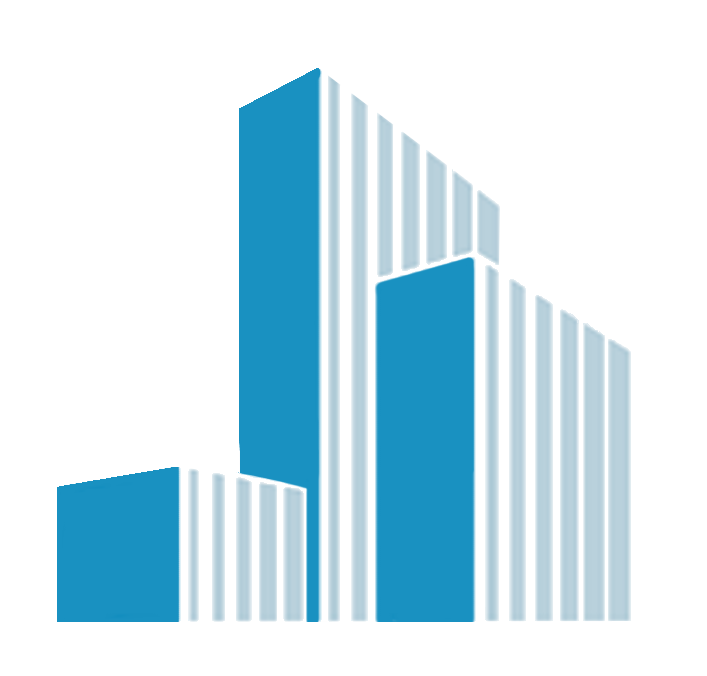Understanding Your Balance Sheet
To understand the financial position of a business at a specific point of time, look at the balance sheet. The balance sheet may also be called the statement of financial position. Together with the Profit and Loss Statement, and possibly other reports such as the Statement of Cash-flow, these reports provide a complete understanding of the financial position and business performance.
So what’s involved? – The balance sheet has three sections: assets, liabilities and equity.
What are Assets?
Assets are things and resources that a company owns. They have current and/or future value and can be measured in currency.
Assets may be subdivided on the balance sheet into bank accounts, current assets, (receivable within one year), fixed assets, inventory, non-current (or long term) assets, intangible assets and prepayments.
These include banks and other financial accounts held, accounts receivable (trade debtors), supplier deposits or bonds, stock on hand, property, equipment, vehicles, investments and intellectual property. All of these can be translated into monetary value.
What are Liabilities?
Liabilities are amounts owed to suppliers and other creditors for goods or services already received. Liabilities may also include amounts received in advance for future services yet to be provided by the business.
Liabilities are generally subdivided into current, (payable within one year), and non-current liabilities.
These include accounts payable (trade creditors), payroll obligations (salaries, taxes, superannuation), interest, customer deposits received, warranties and loans.
What is Equity?
Equity includes owner funds contributed, drawings, retained earnings and stocks. The value of the equity equals assets minus liabilities.
Transactions that affect profit and loss accounts also affect balance sheet accounts. For example, providing a service increases the accounts receivable balance, which therefore increases the equity.
The Balance Sheet Equation
The balance sheet must always balance! Asset value = liabilities + equity.
For example, if you buy a new vehicle for the business at say $50,000, having paid a $10,000 deposit and taking out a $40,000 loan, the value of fixed assets increases by $50k, but the bank asset value decreases by the $10k deposit paid. The value of liabilities increases by $40k loan, thus leaving the balance sheet balanced on both sides of the equation.
The balance sheet equation shows you how much money you would have left over if you paid all your bills and debts and sold all your assets at a given date. This amount is the Owner’s Equity.
Note that the balance sheet equity total is not necessarily how much the business is worth at market value. Assets are listed on the balance sheet at their transaction value, which may be very different from the market value. Some assets may be worth more, and others may depreciate in value. Business value is calculated not just on the balance sheet figures but many other factors.
Need more information?
Talk to our friendly team at Accountants247 in Cheshire. We help you to get the complete picture of your business performance and financial position, regardless of what stage of business you are at.
Contact us today!
Hi there, I'm one of the Directors of Accountants247. I specifically look after the development and growth of our business from our Headquarters just outside Warrington.
Nibav Home Lifts: A Smarter, Safer Way to Elevate Your...
Energy-Efficient Home Lifts: A Sustainable Mobility Solution
More Articles
What are the main types of home lifts available?
CYBERSECURITY STARTS WITH PEOPLE: WHEN KNOWLEDGE IS THE...
Unleash Your LinkedIn Potential with the Ultimate AI Tool...
Would you like to promote an article ?
Post articles and opinions on Chester Professionals
to attract new clients and referrals. Feature in newsletters.
Join for free today and upload your articles for new contacts to read and enquire further.






